What are Control Valves?
Control Valves are mechanical devices that can regulate or control the flow or pressure of the fluid by fully or partially opening the fluid passageways.
Various types of valves are used in the piping system to control the flow. For example, the water tap is a type of valve that controls water flow. This article covers various types of valves according to their construction and applications. Click this link to know the different types of pump and their applications.
Why do we use different types of Valves?
Different types of valves are available in the market to have the following applications:
- To Stop and Start a flow.
- Control the amount of flow.
- Control the direction of flow.
- Change the Pressure of flow.
- Mixing of fluids or solids.
How to Operate a Control Valve?
Depending on the selection of the type of control valve and its design, users can operate a valve in the following ways:
- Manual operation (using hand)
- Self-operated
- Actuator, pneumatic, or hydraulic operated valves.
For example, Solenoid valves are a type of actuator-operated valve. You can control them with an electrical signal.
Types of Valves
According to the valve working principle and its application following types of valves are available in the market.
- Gate Valve
- Globe Valve
- Plug Valve
- Ball Valve
- Butterfly Valve
- Check Valve
- Diaphragm Valve
- Pinch Valve
- Pressure relief valve
1. Gate Valve
Gate valve is a type of multi-turn linear motion valve used to completely open or close the fluid flow. They work by moving a wedge shape disc up or down to restrict the motion of the fluid.
Gate valves have an application to control the flow of air, water, steam, petroleum, etc. But we can’t use them for throttling applications because a partially open gate may get damaged.
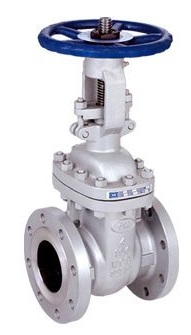
Types of Gate Valves
Following types of gate valves are available according to their construction.
- Wedge Gate Valve
- Knife Gate Valve
- Pipeline Slab Gate Valve
- Parallel Slide Gate Valve
2. Plug Valve
Plug valves are a type of quarter-turn valve consisting of a cylindrical or conical shape plug used to control fluid flow. They are generally used to control high-density fluid with suspended solids.
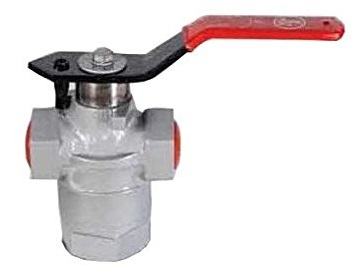
The plug valve consists of a slit in the valve plug. When the valve is in open condition, this slit remains in line with the flow direction. Whereas when the valve is closed, the slit in the valve plug is turned by 90º.
Plug valves have the application to close or open the fluid flow completely.
3. Globe Valve
Globe valves are multi-turn linear motion types of valves used for on, off, throttling, and non-return applications. But they have the disadvantages of high-pressure drops.
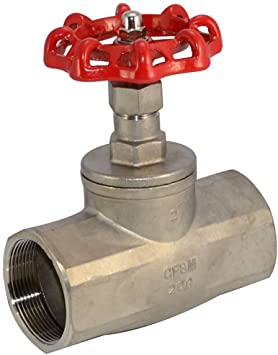
The Globe valve consists of a convex disk-shaped plug. They work by restricting fluid flow by changing the distance between the plug and the stationary seat.
You can control the fluid flow by changing the gap between the plug and the stationary seat in the globe valve.
4. Ball Valve
Ball Valves are quarter-turn, rotary valves consisting of a ball-shaped disk sandwiched between two cup-shaped seats to turn on and off fluid flow.
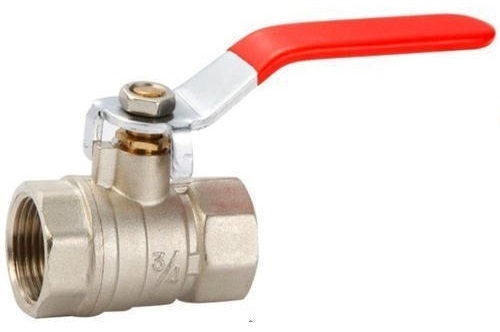
Ball Valves are used to either completely close or open the fluid flow. They have the advantage of low-pressure drop, two-way flow, and are easy to operate. But you can not use them for high-temperature applications.
5. Butterfly Valve
The butterfly valve is a quarter-turn rotary motion valve used for on, off, throttling the flow of fluid applications. They are commonly used on large pipes because of the large ball or plug valve size. Butterfly valves have the advantage of compact, light, low-pressure isolation.
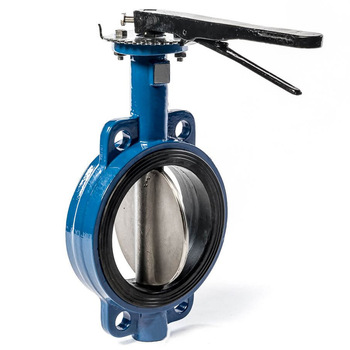
The Butterfly valve consists of a disk-like structure mounted on a rod. To open or close the valve disk is rotated by 90° to open or close the fluid passage. We can use Handwheel, electrical or pneumatic actuators to move valve discs.
6. Check Valve
The check valve is a type of non-return, automatically operated valve. In this, a spring always loads the valve ball or piston. The check valve gets opened automatically if the fluid pressure exceeds a limit.
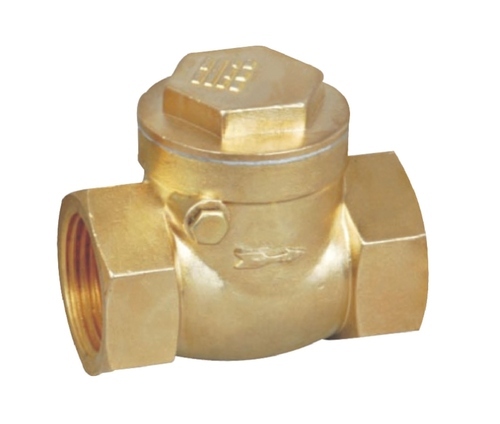
Types of Check Valves
Here are the four types of check valves available in the market.
- Swing Check Valve
- Piston Check Valves
- Diaphragm Check Valves
- Ball Check Valves
7. Diaphragm Valve
The Diaphragm valve utilizes a flexible membrane known as a diaphragm to control the liquid flow. It has applications in the pharmaceutical, food, and semiconductor industry.
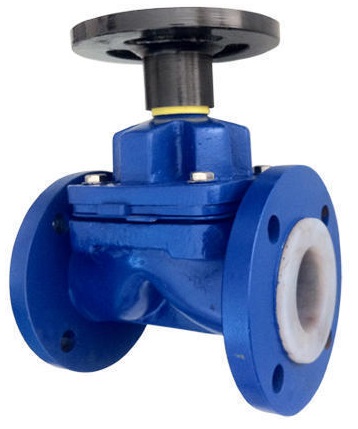
The diaphragm valves consist of a valve body, inlet, outlet port, diaphragm, and a saddle/seat. The diaphragm sits upon the saddle to close the valve.
8. Pinch Valve
Pinch valves are a type of linear motion control valve used for on/off and throttling the low-pressure flow of fluid applications. They have the advantage of low initial and maintenance costs and low-pressure drop.
Pinch valves consist of a flexible tube (Pinch Tube). A flexible tube is closed by the application of fluid pressure or mechanically.
8. Pressure Relief Valves / Safety Valve
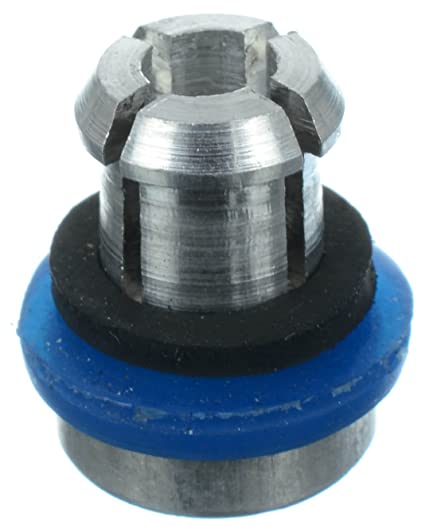
A pressure Relief valve has application to protect the equipment if the pressure exceeds a required limit. For example, a pressure cooker safety valve releases the pressure in the cooker after a designed limit.
To sum up, Various types of valves control the flow of liquid, gas, and solid parts. Selection of the type of control valve depends on your application (type of material, type of flow to be controlled and flow characteristics, etc.)

Add a Comment